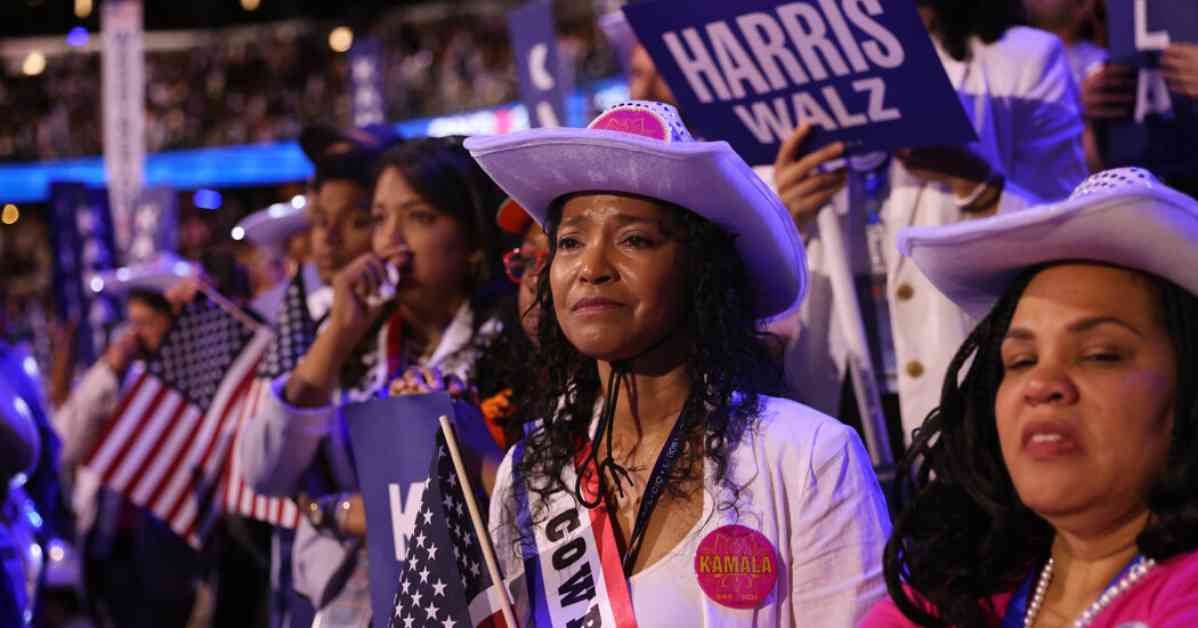The Historic Presidential Campaigns of Harris and Clinton: A Comparative Analysis
The landscape of American politics has seen a significant shift since Hillary Clinton’s groundbreaking presidential campaign in 2016. Fast forward to the present day, and Vice President Kamala Harris is making history in her own right as the first female vice president of the United States. As we look back at these two historic campaigns, it is important to analyze the key differences and similarities between them.
A Shift in Tone and Focus
While Hillary Clinton’s 2016 campaign was marked by optimism and the rallying cry of “I’m with her,” the Democratic Party’s approach in the current political climate has taken on a more serious and urgent tone. At the recent Democratic National Convention in Chicago, there was a clear emphasis on the importance of abortion rights and the potential consequences of Republican policies on women’s health and autonomy.
Vice President Kamala Harris, in her address at the convention, highlighted the dangers of a second term for former President Donald J. Trump, stating unequivocally, “they are out of their minds.” This stark warning reflects a shift in the Democratic Party’s messaging, moving away from the celebratory feminism of Clinton’s campaign to a more urgent call to action.
The Impact of Roe v. Wade and Women’s Rights
One of the central themes of the Democratic Party’s campaign strategy is the threat to women’s rights in the wake of the overturning of Roe v. Wade. Stories shared at the convention, such as Kaitlyn Joshua’s harrowing experience of being turned away from hospitals during a miscarriage, underscore the real-life consequences of restrictive abortion policies.
Senator Laphonza Butler, a close ally of Vice President Harris, emphasized the broader implications of the current political moment, stating, “This election is bigger than anybody’s race or gender.” The focus on reproductive rights, access to healthcare, and the autonomy of women reflects a shift towards a more intersectional approach to feminist politics.
A New Era of Feminist Politics
As the Democratic Party looks towards the future and the possibility of electing another barrier-breaking candidate, the narrative around women’s rights and gender equality has evolved. The suffragist-white outfits and chants of “Madam President” still echo in the halls of the convention, but there is a sense of urgency and determination that sets this campaign apart from Clinton’s historic run.
The stories of women like Kaitlyn Joshua and the impassioned speeches of Vice President Harris signal a new era of feminist politics, one that is focused on the tangible impact of policy decisions on the lives of women across the country. The Democratic Party’s commitment to making abortion rights central to the fall campaign underscores the gravity of the current political moment and the need for decisive action.
In conclusion, the historic presidential campaigns of Harris and Clinton offer a fascinating glimpse into the evolution of feminist politics in America. While Clinton’s campaign was a milestone in its own right, Harris’s candidacy represents a new chapter in the fight for gender equality and reproductive rights. As we look towards the future, it is clear that the Democratic Party is committed to advancing a more inclusive and intersectional vision of feminism that addresses the urgent challenges facing women today.














